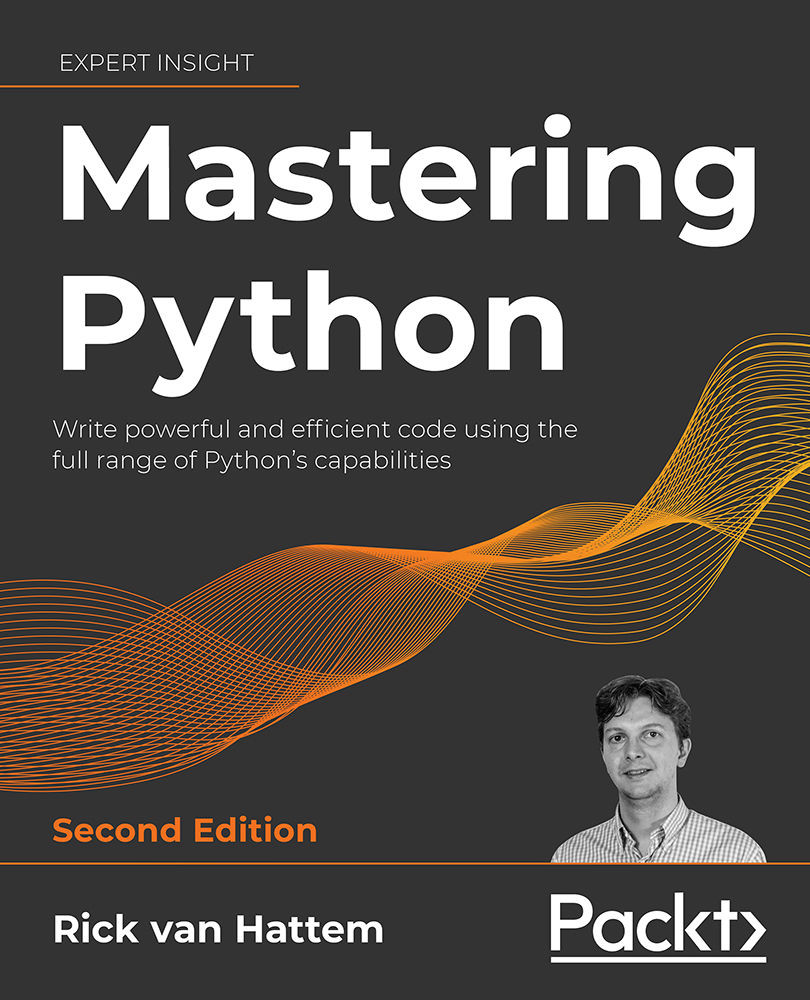This chapter gave you a sample of some of the largest and most popular Python AI libraries, but there are many more (large) libraries around that could be useful for your particular use case. There are, for example, also many libraries available for specific topics such as astronomy, geographical information systems (GISes), protein folding, and neurological imaging.
After this chapter, you should have some idea of where to start searching for particular types of AI libraries. Additionally, you should know a little bit about when to apply a particular type of AI. For many use cases, you will need a combination of these methods to solve the problem in an efficient manner. A supervised ML system, for example, is a fantastic option if you have a vast amount of good-quality, labeled data. Often this is not the case, which is where the other algorithms come in.
Surprisingly enough, many of the current “AI” start-up companies don’t actually use AI for...



 Free Chapter
Free Chapter
